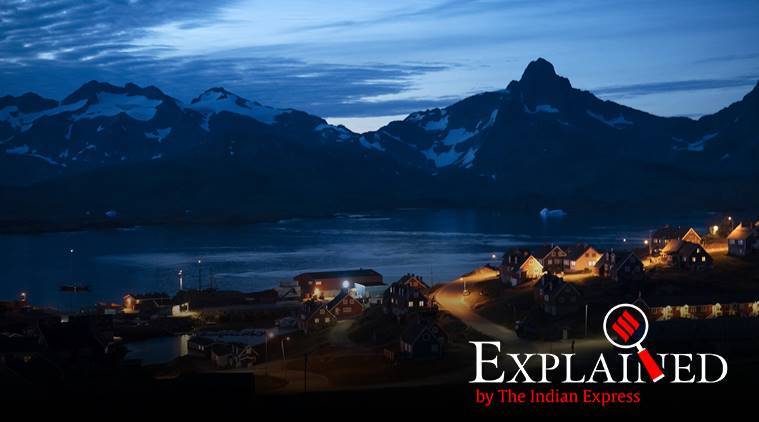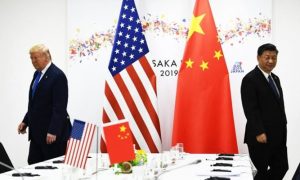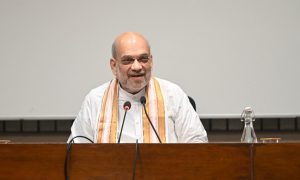There has been significant chatter in the global media ever since The Wall Street Journal reported this week that United States President Donald Trump had spoken, “with varying degrees of seriousness”, about the possibility of purchasing Greenland.
Greenland has dismissed the suggestion, posting on Twitter: “We’re open for business, not for sale”, and politicians in Denmark, of which Greenland is an autonomous part, have reacted with incredulity and derision.
So, can nations of the world actually “buy” other countries? Has it been done before?
Greenland
First, the territory in question currently. Greenland is a very large island — the world’s largest, if the continents of Australia and Antarctica are not included — located in the higher northern latitudes, between the Arctic and North Atlantic Oceans.
It is physically close to North America, lying across the Baffin Bay to the east of Canada’s northern areas, but culturally and politically aligned with Europe, especially Denmark, Norway, and Iceland. The less than 60,000 individuals who inhabit its vast, icy expanse are predominantly Inuit, who speak both the Greenlandic and Danish languages.
Greenland was initially colonised by the Danes and Norwegians, but became Danish in the early 19th century, and was fully integrated with Denmark in 1953. In 1979, Greenland got home rule from the Danish crown, and since 2009, the territory has been largely autonomous barring affairs of defence and monetary policy.
Buying territories
There have been several instances in the history of nations, and especially the US, acquiring foreign territory against payment.
One famous example is the purchase of Alaska, which the Russian empire transferred to the US in 1867 when Andrew Johnson was President, for $7.2 million. The purchase added about 1.5 million sq km of land to the US. In 1959, the modern state of Alaska was created.
Earlier, in 1803, the US bought more than 2 million sq km of land from France in what is known as the Louisiana Purchase. The acquisition of Louisiana happened when Thomas Jefferson was President, and the US paid $ 15 million for the deal.
In 1917, the US bought the Danish West Indies, a group of islands in the Caribbean, and called them the US Virgin Islands.
#Greenland is rich in valuable resources such as minerals, the purest water and ice, fish stocks, seafood, renewable energy and is a new frontier for adventure tourism. We’re open for business, not for sale❄️????? learn more about Greenland on: https://t.co/WulOi3beIC
— Greenland MFA ?? (@GreenlandMFA) August 16, 2019
Shopping for Greenland
Although the fact that buying Greenland — if it came to that — would require the approval of both Denmark and the people of Greenland, which seems almost impossible at the moment, the US has, in the past cast its eyes on the icy island.
In 1867, the same year that the US bought Alaska, the US State Department pointed to the fact that Greenland’s strategic location and abundant natural resources make it ideal for acquisition. However, no formal effort was made to move on the suggestion.
In 1946, just after the end of World War II, President Harry S Truman made an offer of $100 million to Denmark for Greenland. Truman had earlier considered exchanging some portions of Alaska for certain parts of Greenland. The proposal did not progress.




























 WhatsApp us
WhatsApp us